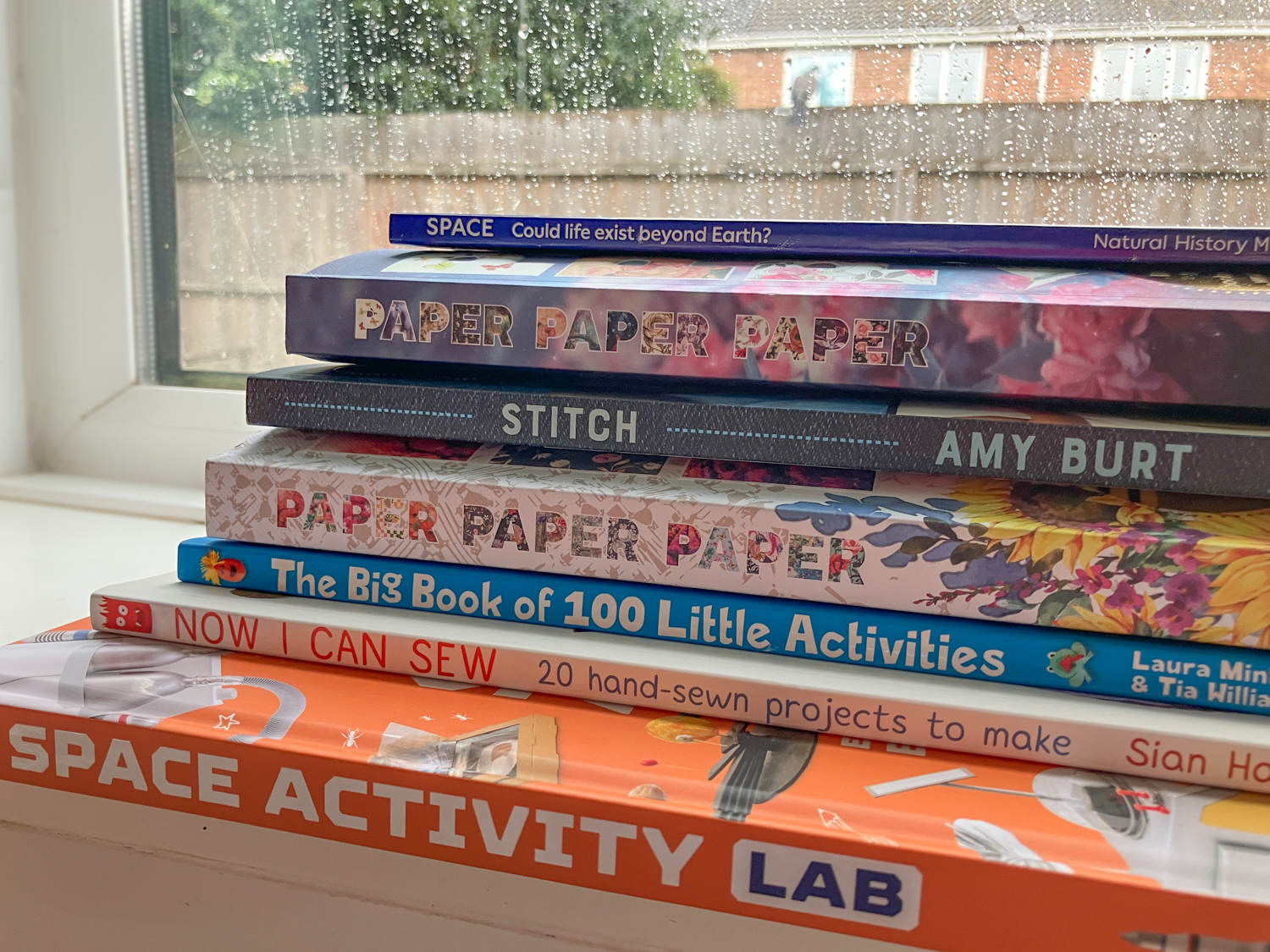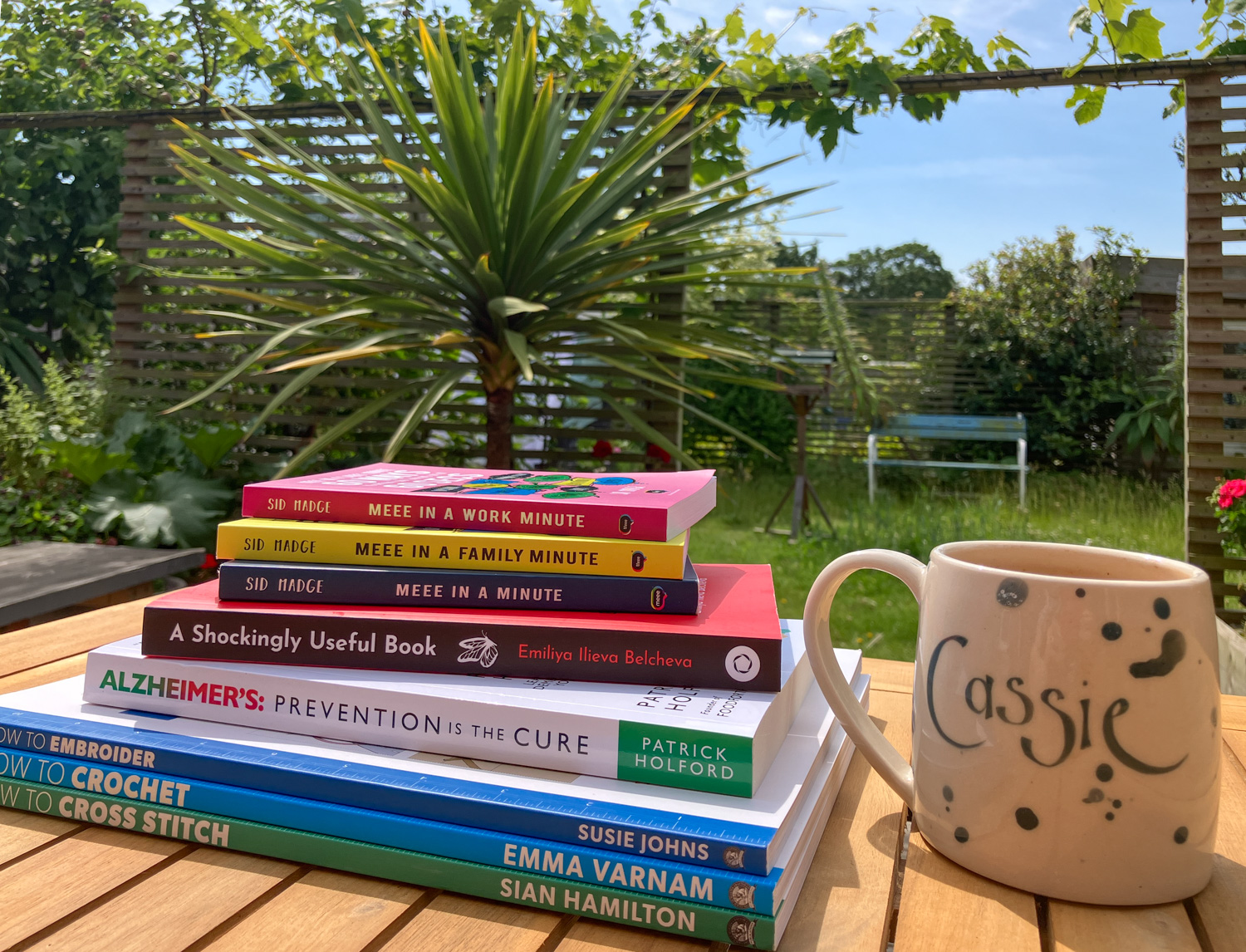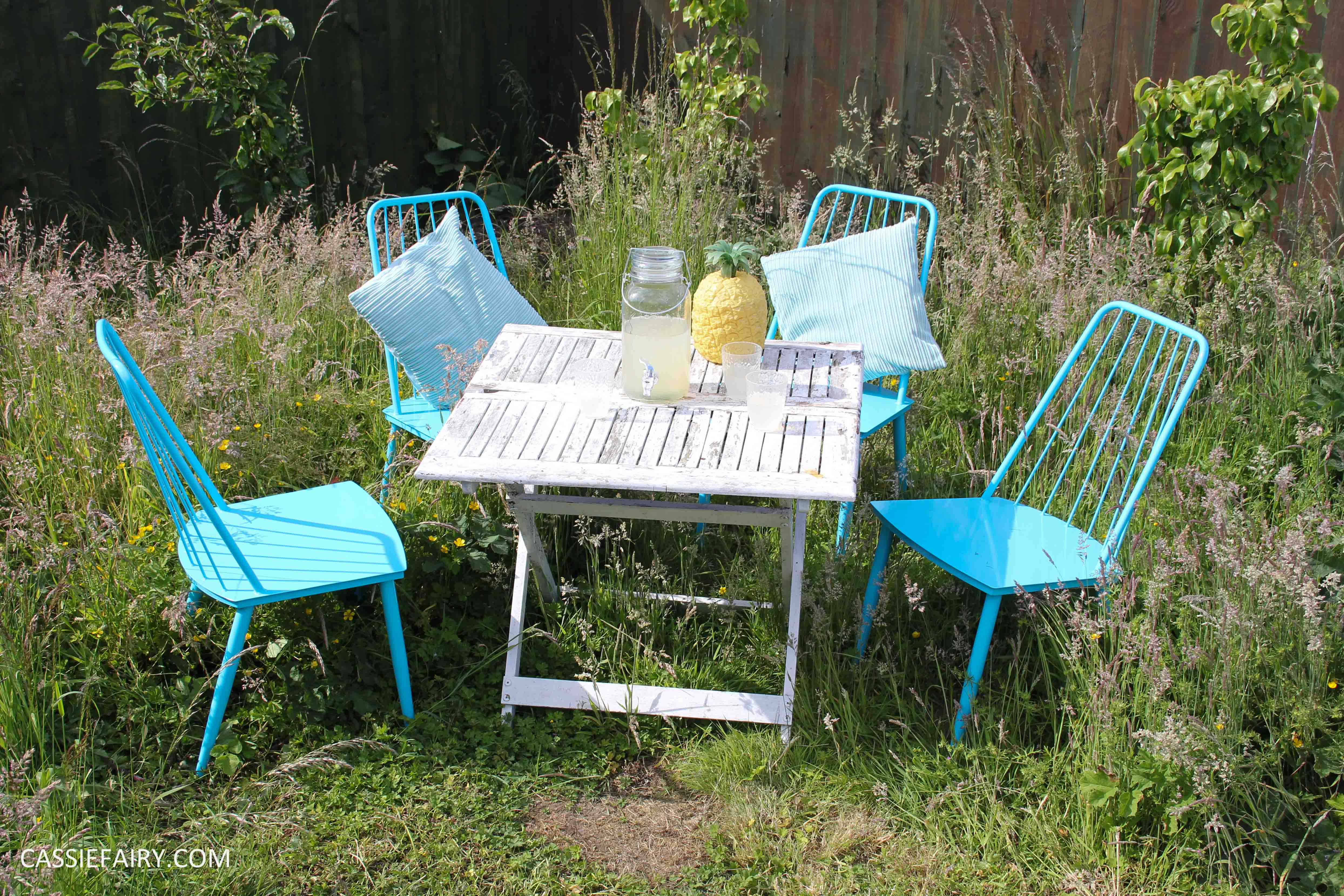The sun is shining, the days are dry and we’ve been having wonderful weather for weeks. But if you’re a hayfever sufferer you might have been struggling to enjoy the summer. Unfortunately it’s not just outdoors that can be a problem for folks with allergies; indoor allergens can cause health issues and can make equally life uncomfortable. Here are the most common summer allergens and what you can do about them…
DUST MITES
According to the American Academy of Allergy these are the most common allergen in the home. These tiny mites feed on flakes of skin and prefer rooms with humidity in excess of 40% with temperatures above 21°C. So you can see why summer in the UK might be a time when dust mite numbers are on the up. Once you have an infestation it can be difficult to get rid of them but you can prevent them from arriving by using allergen-proof bedding and you should always wash your sheets in a 60° wash cycle. You can also take a look at air conditing units, which can reduce the humidity and the temperature in your room to make it uninviting to dust mites.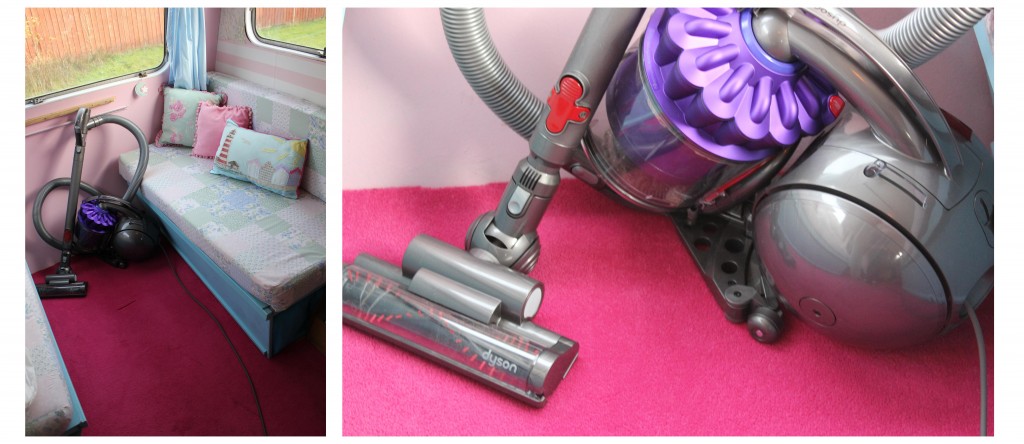
PETS
It should come as no surprise that your pet sheds skin and fur on a daily basis. If your cats are anything like mine, they’ll be shedding plenty of fur in this hot weather. This is generally referred to as pet dander and it gets everywhere! Unfortunately this is also a major trigger for people with allergies to dogs or cats. Other than choosing a pet with which produces less dander such as a short haired cat or hypoallergenic dog, there are other things you can do to minimise allergies.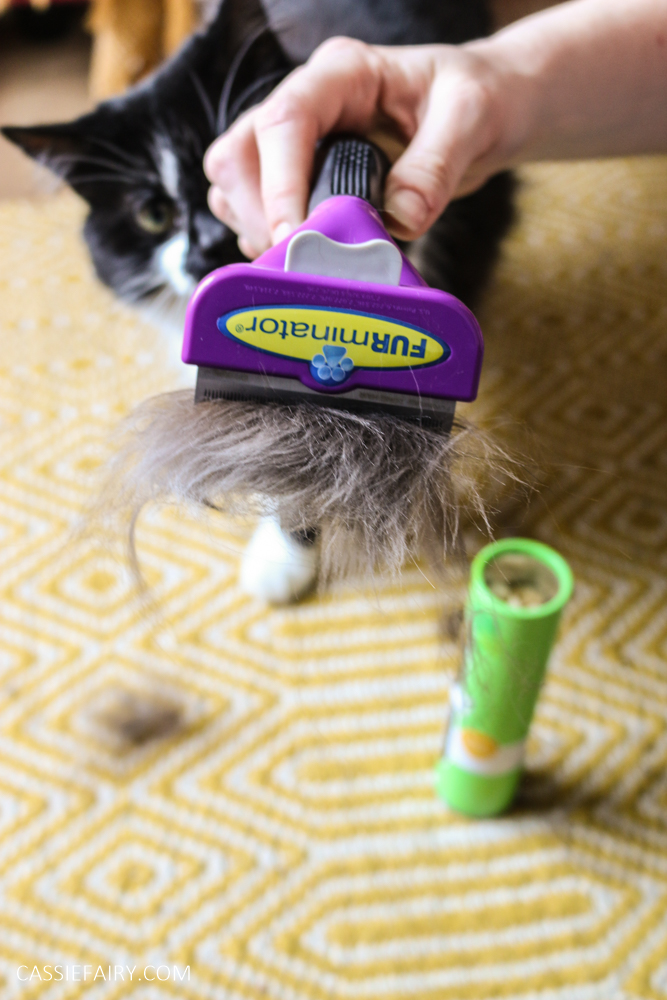
Vacuuming your home daily will help and use a model with an appropriate filter, such as the pet-specific Dyson I got when my long-haired cats were young. Sucking up as much fluff as possible will minimise the exposure to allergens. And you can help your pet to shed their fur in the summer by grooming them regularly. I use a Furminator comb (which I reviewed here) and it removes a HUGE amount of excess fur that you pop straight into the bin, with the added benefit making your pet a little cooler in this hot weather too.
MOULD
All that mould needs to grow is a damp environment and the right bacteria. It also prefers dark places, which is why you’ll find it in the bath, shower and the basement. Mould spores are tiny but can make an allergy sufferer feel unwell very quickly. You’ll need to avoid having a bedroom in a basement area for a start, and you should clean the bath, shower and other darker areas regularly with an antibacterial cleaner. You can purchase dedicated mould sprays but you can also make your own with water and vinegar.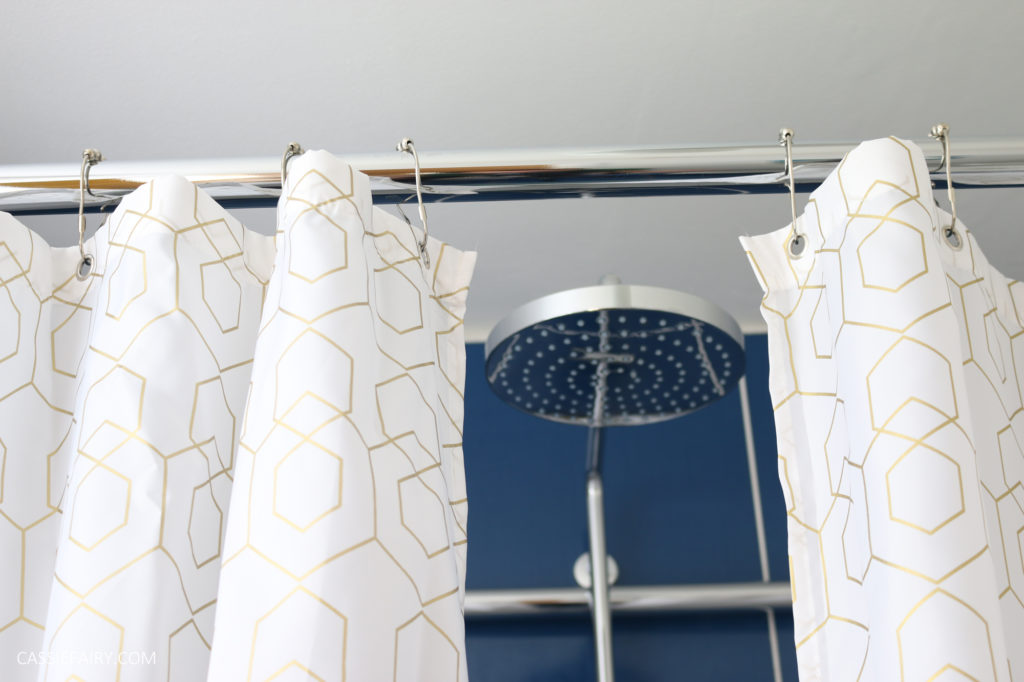
POLLEN
Perhaps the most common allergen in the summer is pollen from flowers, trees and crops. Pollen regularly floats round in the air and it can just as easily float into your home; especially on those hot sunny days when all the windows are open. You can even bring pollen into your home on clothes and shoes, so the first line of defence is taking your shoes off when you enter the house. You should also wipe down your pets after they have been out. If your hayfever is severe it is also a good idea to keep your doors and windows closed in the summer. A good air conditioning unit will keep your house cool and can have filters to help remove pollen and other pollutants. In fact, a HEPA filter can keep as much as 80% of the pollen out of your home.
I hope these tips will help to make you a little more comfortable in your home this summer if you suffer from allergies. Let me know your tips for coping with any of these pollutants in the comments below, I’d love to get your advice on pets, mould and more.
This blog post is an advertisement feature that has been written in collaboration with a sponsor. The pink links in this post indicate a sponsored link 🙂


















